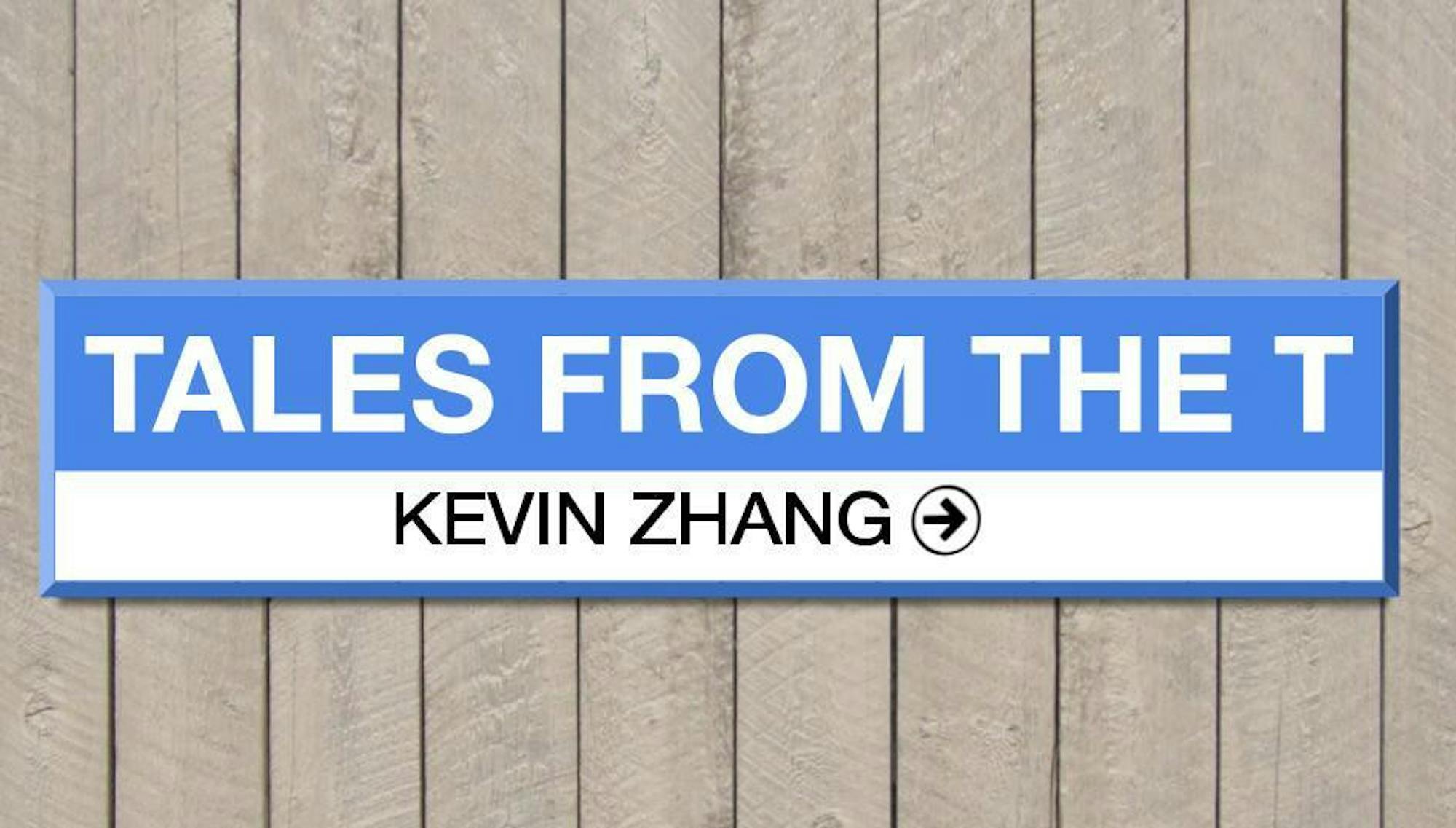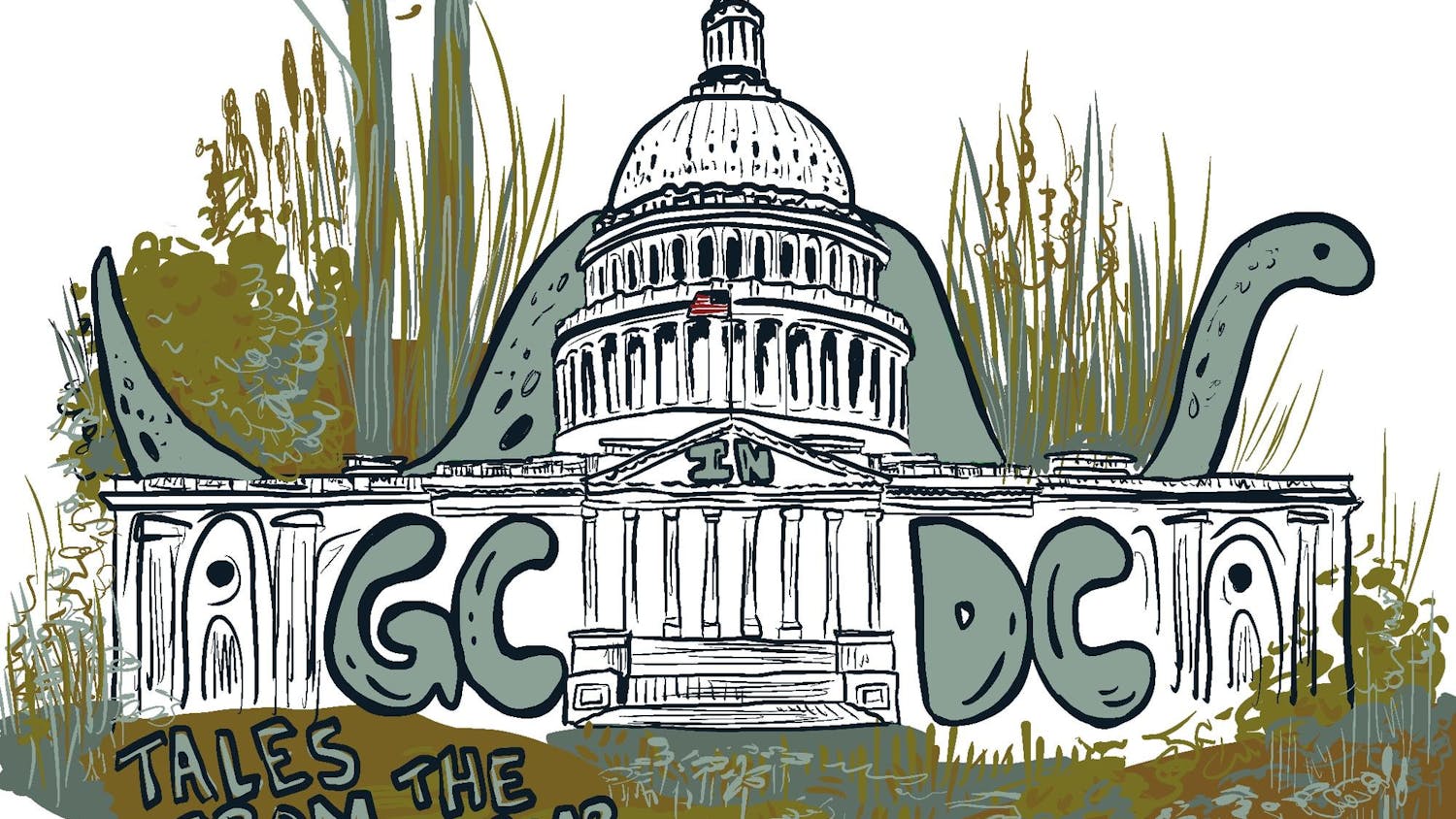What do CharlieCards,burlesque and the second coming of Christ have in common? They’re all involved in the history of the Government Center station. Apologies if you expected a more interesting answer; anyways, let’s talk about trains. In this week’s column: Government Center, Charlie's backstory and the monstrosity that is Boston City Hall.
Government Center opened in 1898 as Scollay Square. The station sat on the Tremont Street Subway (America’s oldest subway line!) which carried streetcars under Tremont Street. In 1916, Scollay Under station opened under Scollay Square. This station sat on the East Boston Tunnel, which carried streetcars (and later subway trains) beneath the harbor from East Boston. Early transit planners evidently weren’t as visionary with naming as they were at building. Today, these lines are the Green and Blue Lines respectively.
The station sat under the dense, bustling neighborhood of Scollay Square. Among its major landmarks was the Howard Athenaeum, built in 1843 as a church for the Millerites, an Adventist sect that believed the world would end onOctober 22, 1844. It didn’t (I think), and in the ensuing Great Disappointment (coincidentally also what my parents call the day I was born), the church was abandoned. Rebuilt into a theater, the Howard, and other nearby theaters, made Scollay Square amajor entertainment destination in Boston.
Scollay Square station itself gained some fame after being referenced in the 1949 song “M.T.A.” by Jacqueline Steiner and Bess Lomax Hawes, written in protest of a controversial streetcar double fare. The premise: everyman Charlie pays a nickel to board a streetcar. Upon arriving at his destination, he realizes he doesn’t have an additional nickel to pay the exit fare. Charlie is thus doomed to “ride forever ‘neath the streets of Boston," living on sandwiches passed by his wife through the windows at Scollay Square. The song was a hit. Fast forward to today, we now have the CharlieCard, and they say Charlie’s still riding.
By the 1940s, Scollay Square was gaining a reputation as a run-down red light district. Theaters featured burlesque performances catering to Harvard students, and the Howard was closed after police observed one such performance. While still a vibrant, bustling neighborhood, calls were being made to improve the area’s image. If you were one of Boston’s planners in the 1960s, what would you have done?
Because their solution was to evict 20,000 people and raze Scollay Square to kingdom come. The ‘60s were the era of urban renewal, massive, utopian highways and office blocks. Never mind that entire neighborhoods were obliterated — nobody cared (well, nobody important, anyways).
From Scollay Square’s shattered remains rose a new Government Center, featuring a rebuilt and renamed “T” station and a vast, desolate plaza that stands mockingly over the bustling streets it crushed. In its center stands Boston City Hall, perhaps one of the most polarizing buildings in Boston. Intended to feel futuristic and democratic, yet decried as cold and anti-urban, there is perhaps no better symbol of the failures of postwar urban renewal. The trains, of course, rumble on as the cities above rise and fall. Perhaps Charlie’s all that’s left.






